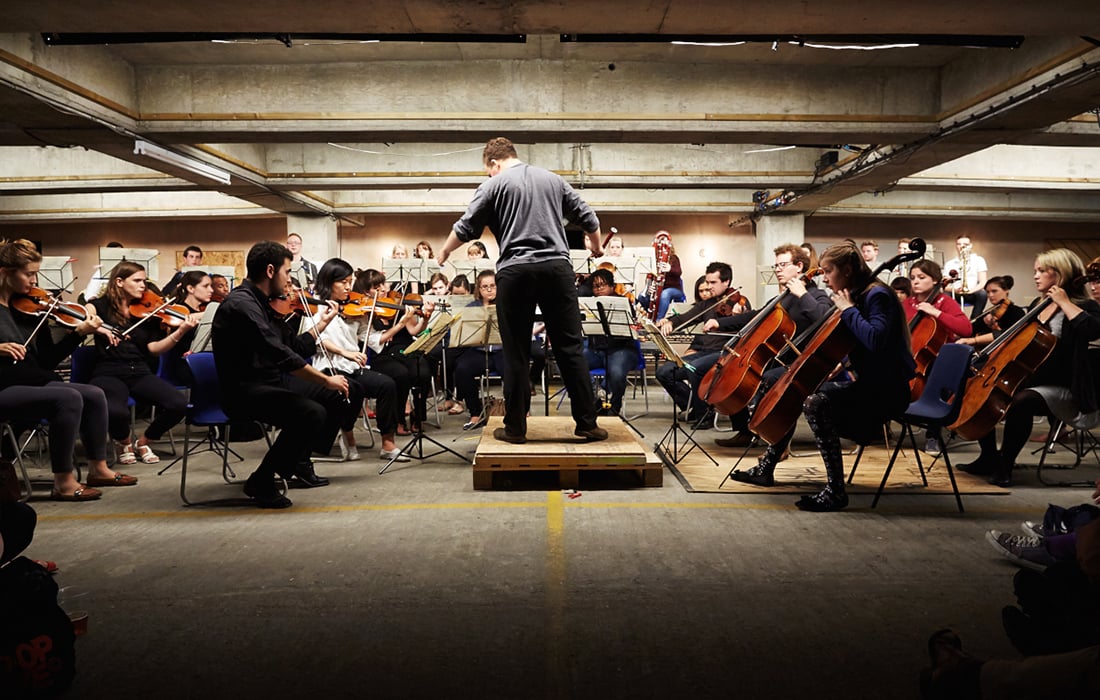
Young professional musicians who share a commitment to widening accessibility to classical music have formed the Multi-Story Orchestra, which performs in car parks around the country, attracting huge and diverse audiences.
Photo: Ambra Vernuccio
Escaping the trap of tradition
The time has come for conservatoires to recognise their role within the wider sector and to embrace the challenges presented by modern times. Tom Foster offers six proposals for setting the ball rolling.
While we might expect educational institutions to be producing fresh ideas and challenging the wider sector, many conservatoires have seemingly decided that innovation in classical music has reached i...
Subscribe to read more
Get unlimited access to the latest news, features and opinion from the arts, culture and heritage sectors
Already subscribed? Log in
Usually have access through your university?
Join the Discussion
You must be logged in to post a comment.